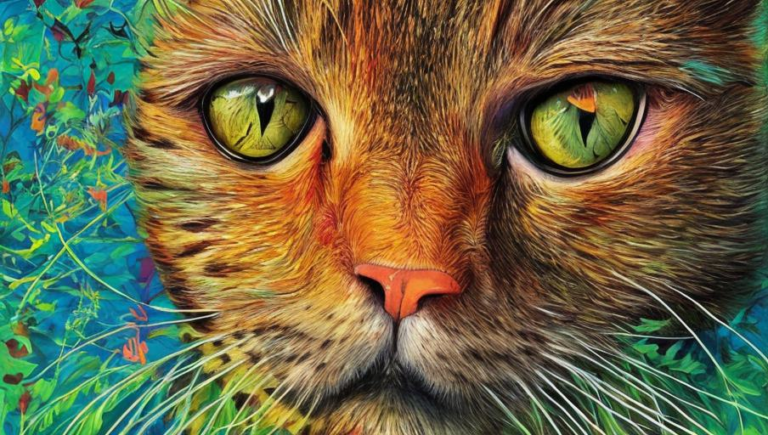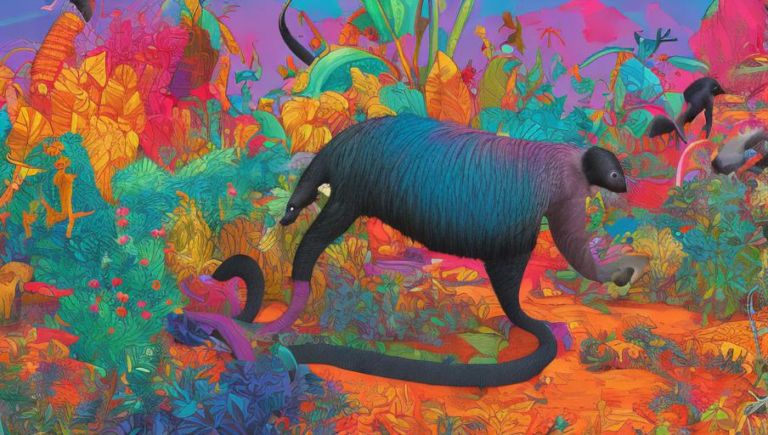Kicking it Old School: The Evolution of Coyotes

A Brief History
The coyote (Canis latrans) is a species of canine native to North and Central America. It is an adaptable animal, capable of living in a variety of habitats including deserts, forests, and grasslands. Coyotes have been around for thousands of years, with evidence of their existence dating back to the Pleistocene era. They were once found throughout North America, however, their range has decreased due to the destruction of their habitats and persecution by humans. Despite this, they have managed to thrive and are now found in most parts of the United States.
Coyote Behavior
Coyotes are highly intelligent and social animals. They live in small family groups, consisting of parents and their offspring. They are opportunistic feeders and will eat a variety of foods, including small mammals, insects, fruits, and carrion. Coyotes have also been known to hunt small deer and other large animals, though this is rare. They are also known to scavenge for food and are often seen near human settlements looking for scraps.
Adaptations
Coyotes have evolved a number of adaptations to help them survive in their environment. They have keen senses of hearing, sight, and smell which help them to detect potential threats. They are also excellent runners, capable of reaching speeds of up to 40 miles per hour. Coyotes have also developed a habit of adapting to human activity and can often be found living in close proximity to people.
Reproduction
Coyotes typically mate in January and February and give birth to an average litter of four to six pups in April or May. The pups stay with their parents until they reach six months of age and then disperse to find their own territories. Coyotes reach sexual maturity at two years of age, and can live up to 14 years in the wild.
Conservation
Coyotes are considered a species of least concern by the IUCN, however, their range has decreased significantly due to the destruction of their habitats and persecution by humans. As a result, efforts are being taken to protect and conserve this species. This includes measures such as creating secure habitats, monitoring populations, and educating people about the importance of preserving this species.
Conclusion
The coyote is a fascinating animal, capable of surviving in a variety of environments and adapting to human activity. Despite their declining range, their populations remain relatively healthy due to the efforts of conservationists and wildlife managers. It is important that we continue to do our part to protect this species and its habitat so that future generations can enjoy and appreciate the coyote.





